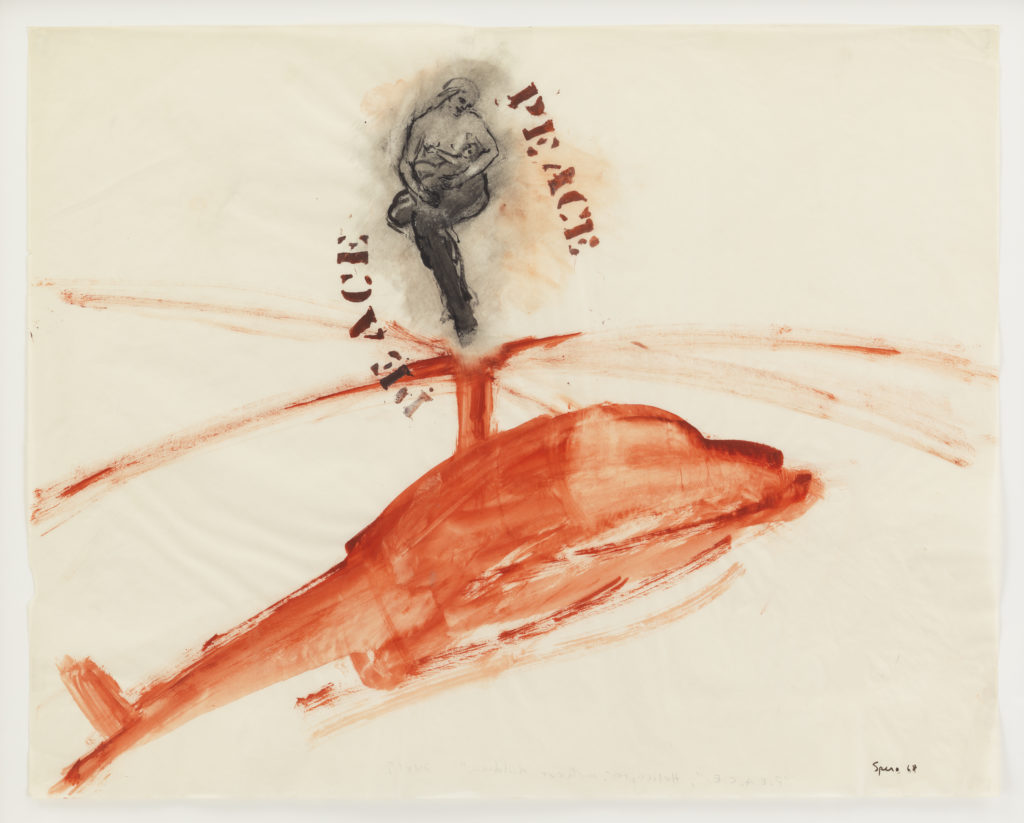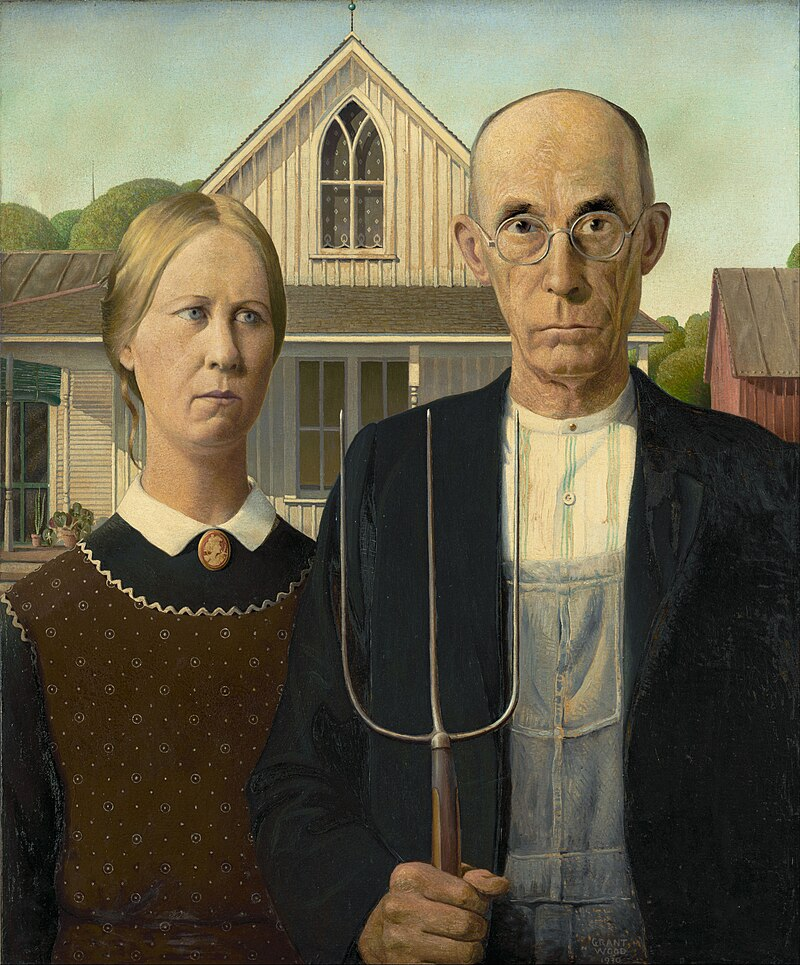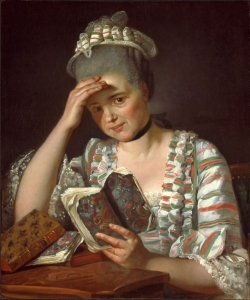Non Western Blog - Edo Period -Japan

The Edo period can be considered one of the richest time periods for Japanese arts. The term Edo refers to the city of Edo, which is now known as Tokyo during the time period of 16 to 1868. During this time period the Tokugawa Shogun ruled Japan from the urban style capital. Wide forms of art came from the Edo time period such as, screen paintings, scrolls, ceramics, textiles and woodblock prints. The Great Wave off Kanagawa - 1831 The Great Wave off Kanagawa is a famous Japanese woodblock painting created by Katsushika Hokusai in the early 19th century. The wave print is apart of a series of other paintings called "Thirty-Six views of Mount Fuji" which shows the mountain from various different angles and views. The painting depicts a towering wave that is about to crash onto three small boats. I have always loved this painting and I have many different styles of it. The color and how sharp the waves, are some of my favorite features. I also love this painting for it shows y





